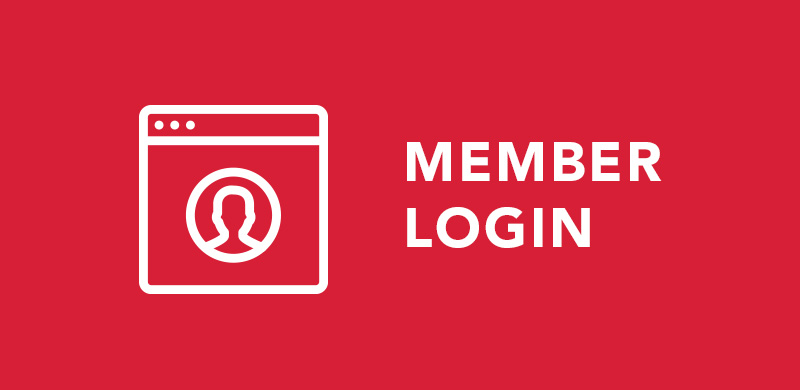
Published April 2022
Whether it stems from our personal lives, careers or elsewhere, we all experience stress from time to time. Sometimes it can be anxiety inducing and uncomfortable, but did you know there’s also a good type of stress that’s a pivotal part of our well-being?
Here we explore the difference between good stress and bad stress, and how to identify what’s healthy:
Learn More >> Find behavioral health topics & resources
 What is good stress?
What is good stress?
Contrary to common belief, some stress is beneficial toward living a healthy and fulfilling life. Good stress is called “eustress,” and you may be more familiar with it as a feeling of excitement or eagerness. For example, you may have felt eustress when starting a new job, getting married, traveling, engaging in physical exercise or even riding a rollercoaster. This type of positive stress challenges us and keeps us motivated—providing opportunities to learn, accomplish new things and achieve our goals—while also preventing us from becoming bored or even depressed.
 What about unhealthy stress?
What about unhealthy stress?
While there are good types of stress, there are also, of course, negative and harmful forms of stress, otherwise known as chronic stress. Chronic stress happens when we repeatedly feel inescapable stressors, such as being unhappy at home, feeling constantly overwhelmed at work or dealing with the effects of the COVID-19 pandemic. And while eustress is critical to fulfillment, even too much of it can lead to chronic stress if a person finds themselves overloaded with little to no restorative downtime.
 Finding balance
Finding balance
You’ll never be able to completely cut stress out of your life, nor should you. Rather, it’s important to find ways to manage your stress. Part of stress management is having the ability to distinguish between good and bad stress. This can help us be less reactive by putting our feelings of stress into perspective. However, there’s much more to striking a healthy balance. To avoid chronic stress, it’s important to take time for rest and relaxation, as well as be aware of personal limitations—particularly cutting out activities and obligations that don’t contribute to overall fulfillment, such as distancing yourself from a negative or toxic friendship.
Learn More >> Explore well-being classes
In many cases, it can be difficult to manage stress on your own. If you find that you’re dealing with chronic stress, know that professional support is available. Members and non-members alike are also welcome to attend complimentary mindfulness and online yoga classes offered through our Living Well program, which can greatly help with stress relief. Stress is inevitable, but being able to identify what’s healthy and taking steps to manage your stress can help you lead a healthier, more fulfilled life.
To confirm eligibility for any programs or services mentioned in this article as it relates to your specific health plan, please reach out to your account executive or HR benefits team. You may also speak to our member services team at (888)-333-4742 or by sending a secure email. And for plan details and other member resources, log in to the member portal.


